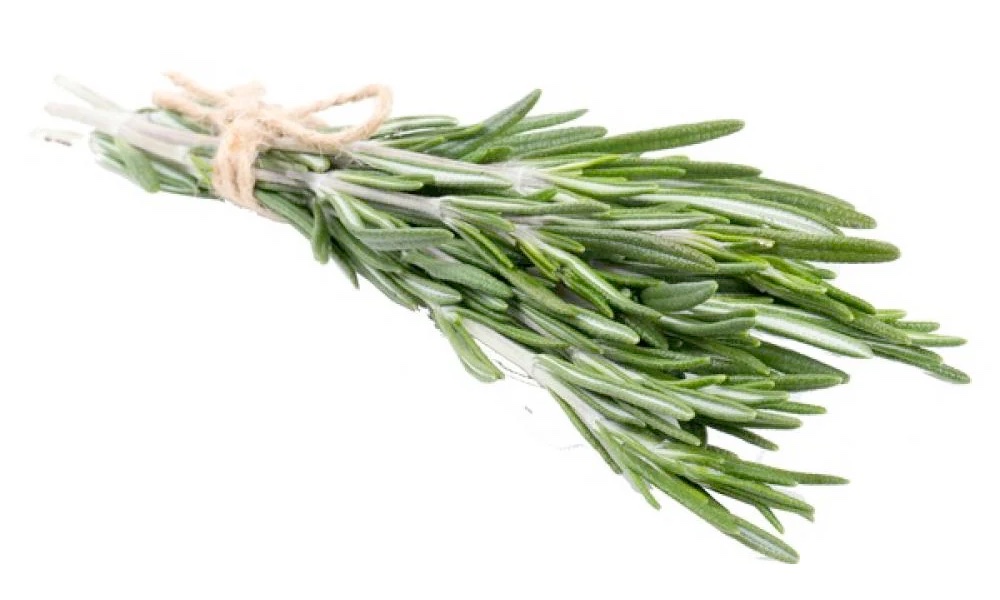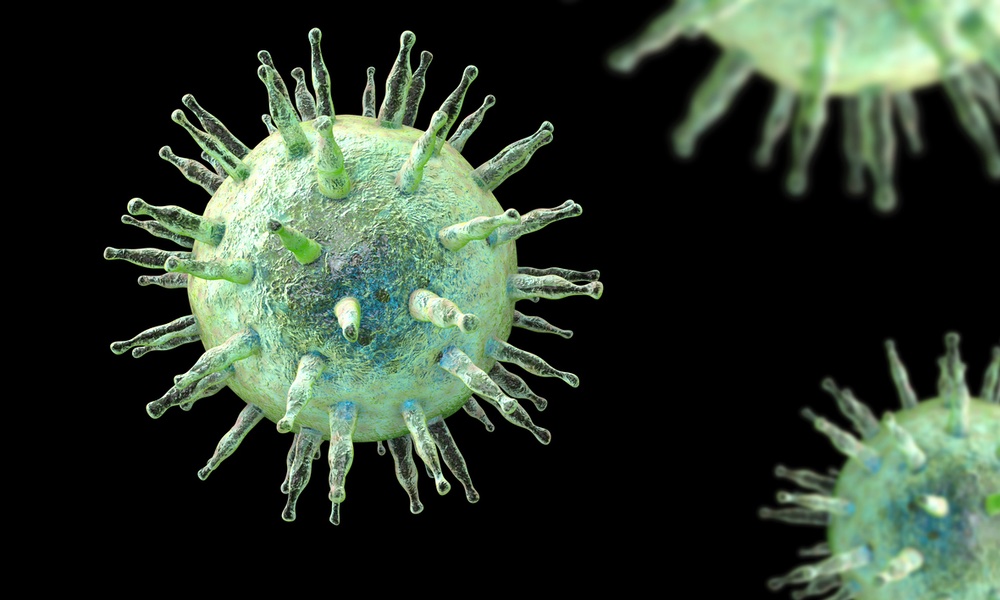Social media influencers have been promoting the skin-healing benefits of products with rosemary and rosemary extract. Though more work needs to be done to confirm this in humans, new scientific evidence seems to support this online trend.
An antioxidant found in rosemary extract, carnosic acid, may improve wound healing and reduce scarring, a team at the University of Pennsylvania has found. “Many skin injuries end in scars that can lead to long-term cosmetic issues,” Thomas Leung, the study's senior author, told TheDoctor; rosemary may help prevent or reduce them.
He explained that carnosic acid can shift the healing process from scarring to the regeneration of healthy skin, though scientists have not yet identified a way to consistently prevent or reduce scarring in humans.Carnosic acid can shift the healing process from scarring to the regeneration of healthy skin.
They used a procedure much like human ear piercing to test the idea. They punched two-millimeter holes in the external part of the ears of mice. They applied either a cream containing rosemary extract or a plain control cream to the mice's wounds daily for four weeks.
The cream containing rosemary extract closed ear holes to a smaller size compared to the control cream, and when the team examined rosemary cream-treated ear tissue in the lab, the researchers found hair follicles, oil glands and cartilage had regenerated, all of which led to less scarring than in the control group.
To determine if rosemary extract had the same effect on other types of skin, they gave mice a six-millimeter skin wound on their back and the result was the same.
The researched analyzed the rosemary extract and found the main components were carnosic acid and carnosol, the product of a natural chemical process called oxidation.
How did carnosic acid help repair the skin? A nerve receptor in skin called TRPA1 had been identified as being important for scarless wound healing. The researchers noted that carnosic acid cream was ineffective in mice without the TRPA1 receptor. Other herbs, such as thyme and oregano, may also activate TRPA1, said Rapp Reyes, a PhD candidate at the University of Pennsylvania. “Rosemary, however, stood out for its potency and safety,” he explained.
Other natural ingredients, like mustard oil or the topical medication imiquimod, can also stimulate the TRPA1 receptor, Rapp Reyes explained, but unlike rosemary, they can cause irritation.“We are not saying that people should start making their own rosemary concoctions at home because we have not tested it on human wounds yet, but it may hold promise for use in humans.”
“We are not saying that people should start making their own rosemary concoctions at home because we have not tested it on human wounds yet, but it may hold promise for use in humans,” Leung, an associate professor of dermatology at the University of Pennsylvania, said.
The study is published in JCI Insight.





